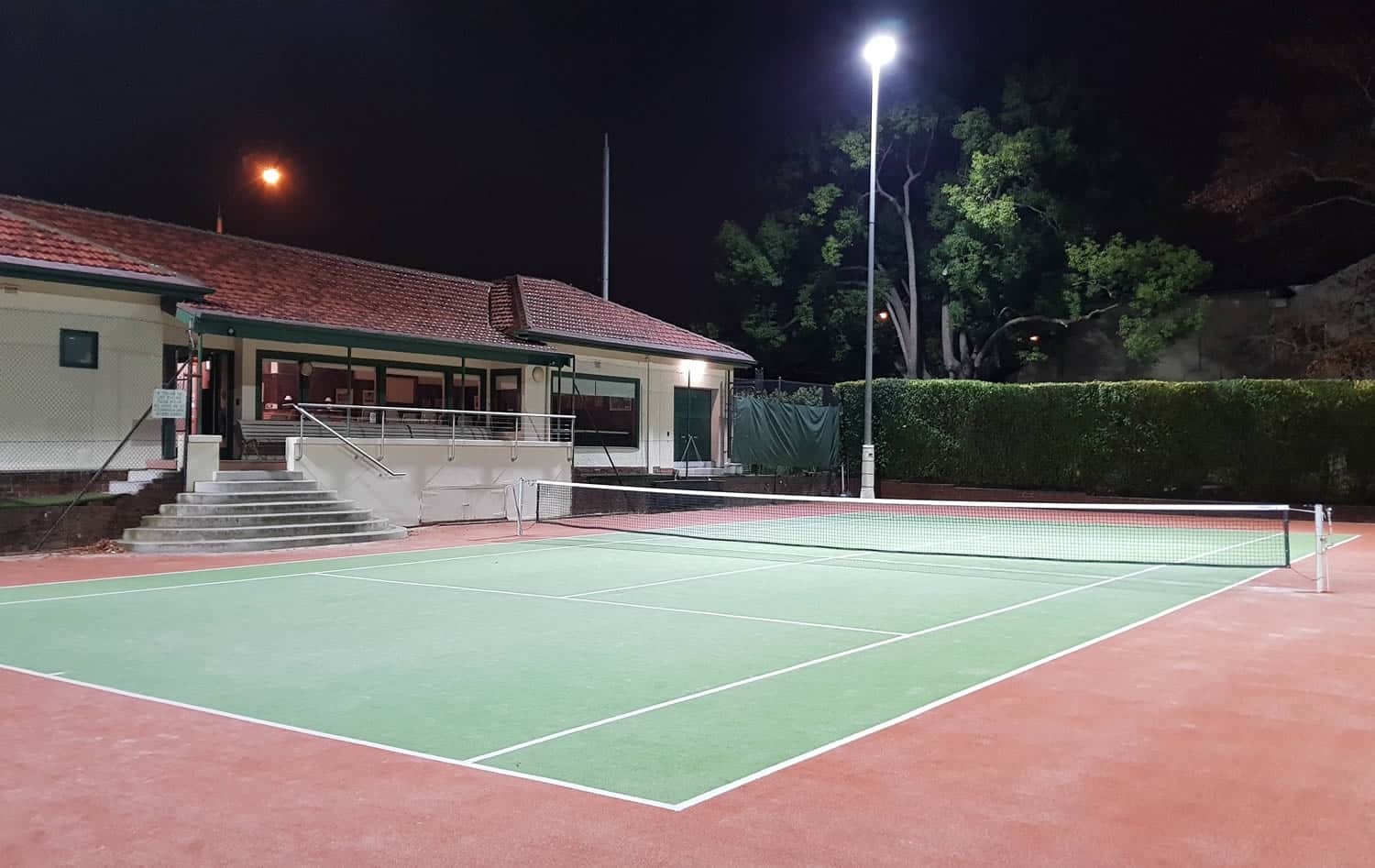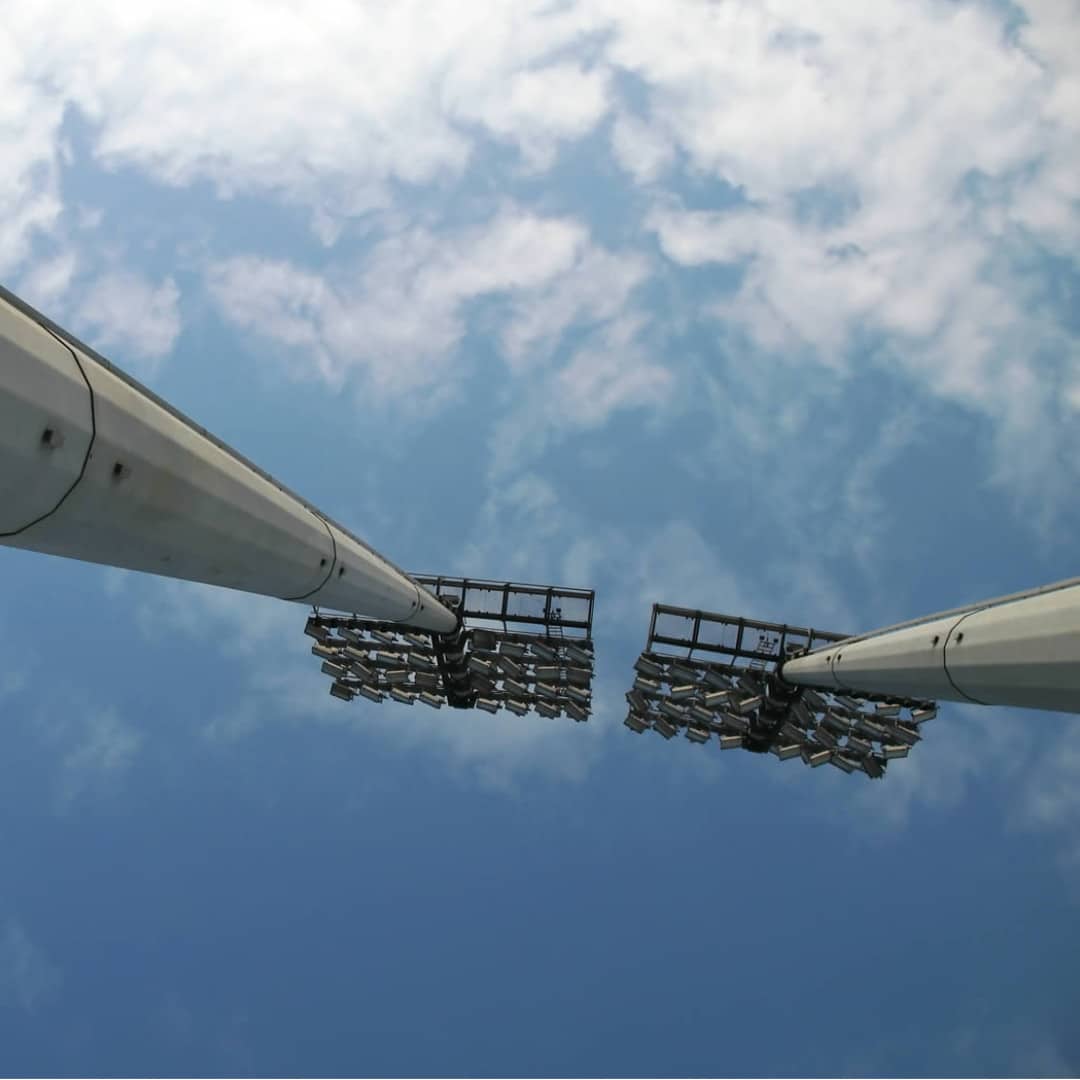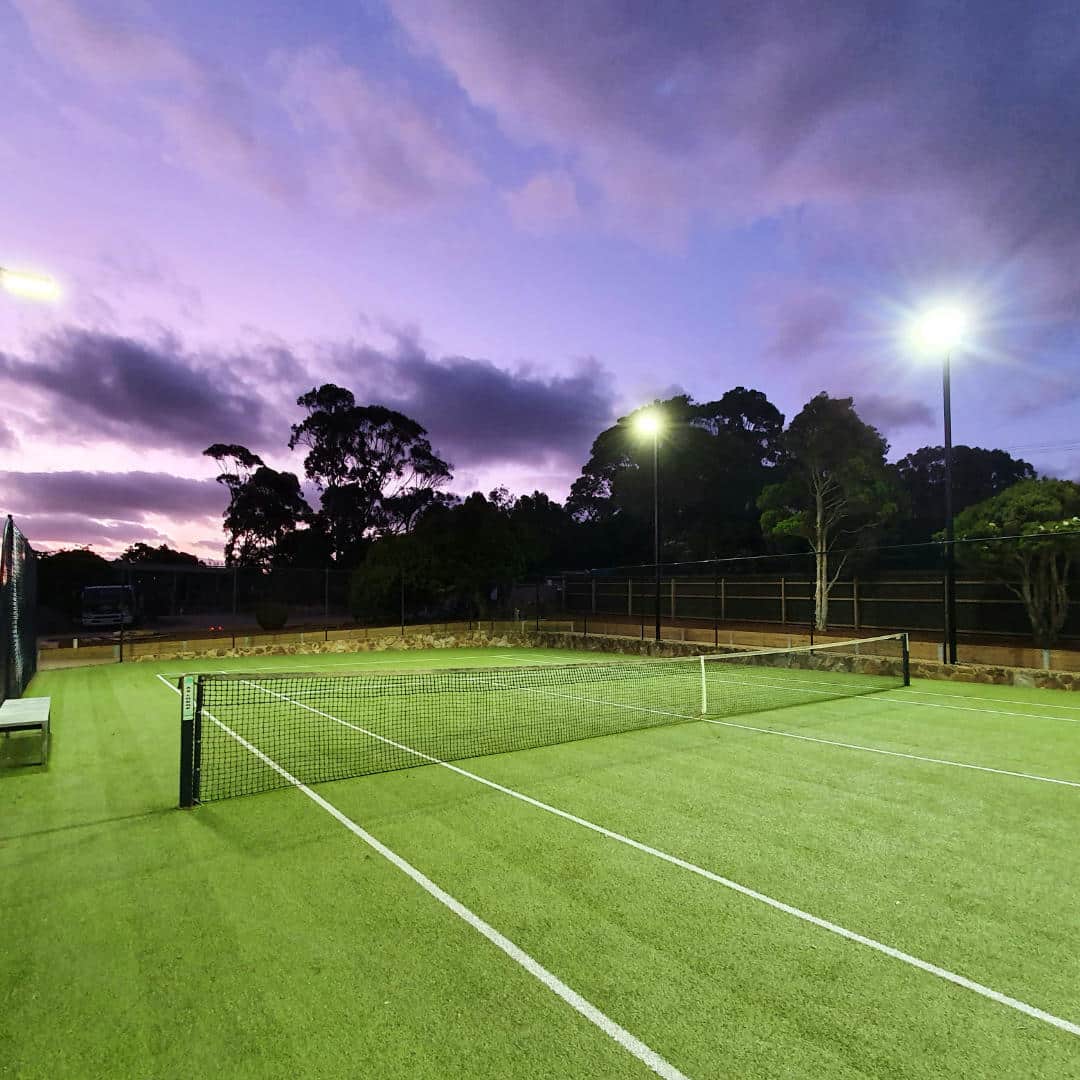
The three main coating methods for aluminium heatsinks are anodising, powder coating and wet spray. Both have benefits over the other so it’s important to choose the right one for your application. Often, a combination of the two are found in the same lamp due to these differences in characteristics.
This is an electrolytic process that involves cleaning the component by dipping it in a chemical tank and then placing in a bath of fluid with an electrical charge. The process gives a coating that is chemically bonded to the surface of the components. Different thicknesses are achieved by leaving the components in the solution for longer and this depends on the application. For a light that will be operating outside but under cover i.e. a carport, a coating of 5-10um would be sufficient. However, for an outdoor application near the sea, a coating of 25um would be recommended.
Being a chemical bond ensures the anodising cannot peel off, like paint or powder coating can. Also if the anodising is scratched down to bare metal, the metal will corrode on the bare surface but will not readily spread either side of the scratch and containing the damage.
Typical colours are black and clear but other options are sometime available, albeit at a higher price.
Powder coating is an electrostatic process whereby the component is suspended on a conveyor system. Pre-treatment by dipping or wiping with chemicals prior to powder coating is important to ensure a good bond. The powder is then applied to the component as a dry powder which sticks to the component through the static charge. The conveyor takes the product through a curing oven at around 180 Deg C which bakes the powder to the surface. This makes a durable scratch resistant coating and is available in hundreds of colour options.
Powder coating is well used and easy to get done. However, it is often subject to price negotiations and therefore coating thickness and pre-treatment can be neglected which will compromise the end result. If the finished surface gets scratched, corrosion will work its way along the component, causing flaking and peeling. This is unsightly and can cause product failures and warrantees. For this reason it’s very important to confirm the integrity of the contractor doing the work. Done right, powder coating is durable for many years. Done wrong, and you’ll have a raft of warranty claims in a very short space of time.
If the heatsink needs a PC Board with LEDs fixed to it, this area needs to be kept free from the powder coat as it makes a barrier for heat to transmit through. This adds to the component cost as the area needs to be masked up prior to coating, or machined/cleaned off afterwards.
Wet spray techniques are still used but mainly for special effects. This is when paint is applied by an electrostatic gun or conventional spray gun. The quality of finish is far superior to powder coating and would be mostly used for top-end products that need a showroom finish. Often a clear coat or varnish would be applied this way after a special effect has been added like webbing, antique look etc.
Wet spray requires more skill to apply and consequently becomes more expensive, so most manufacturers limit its use as much as possible. Additionally, it has the same issue as powder coat in that once the surface is scratched, the paint will peel and flake off. Also the need to mask up PC Board areas prior to wet spraying is applicable as per powder coating.
In conclusion your design engineer should be able to recommend what he feels best. Test, test and test again prior to launching as this often-unthought-of area can cause major headaches down the track. Sometimes either method will be fine, or doing powder coating over anodising can also work well. However, be aware of the pitfalls of each and ensure your contractor understands your needs and is willing to stand by his workmanship.


